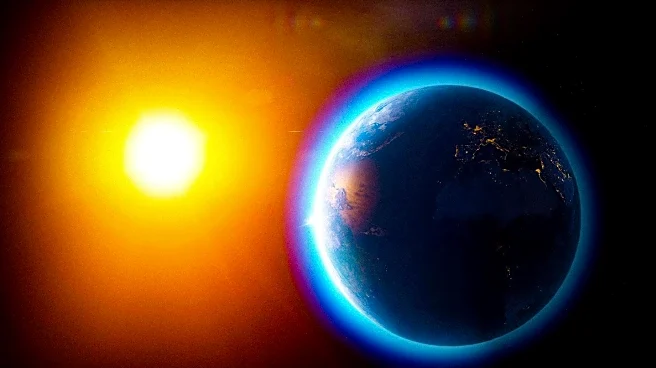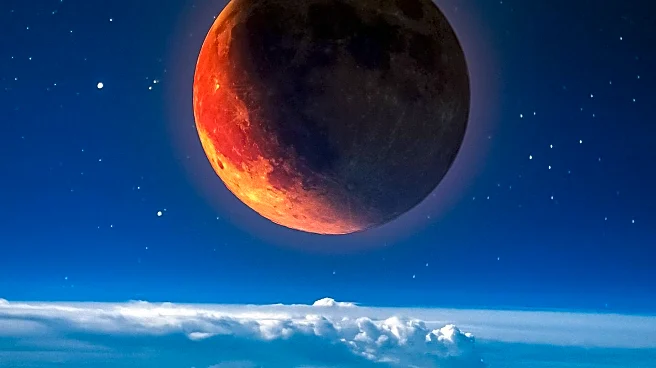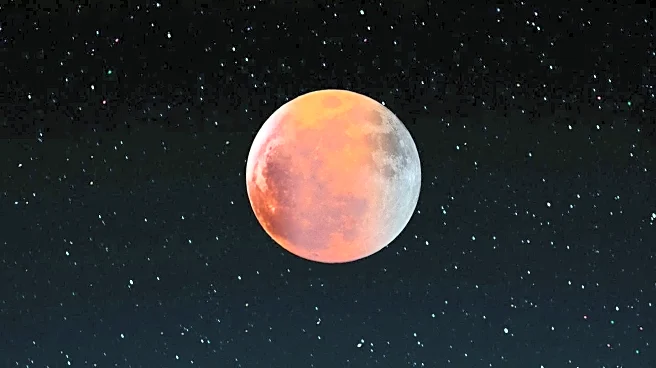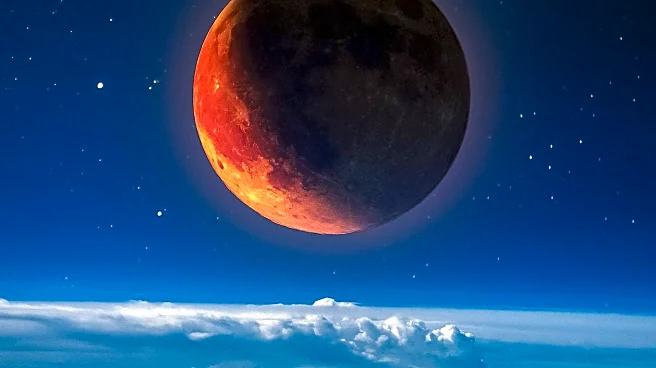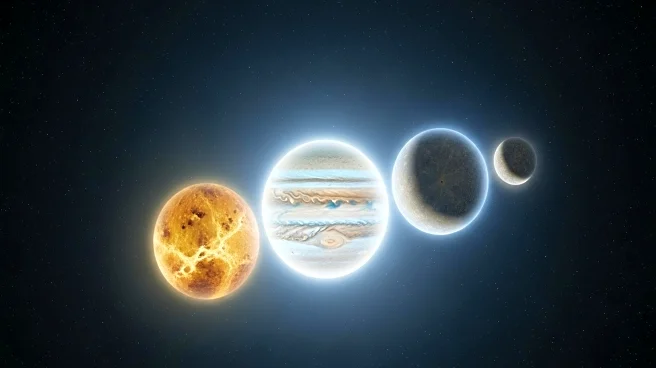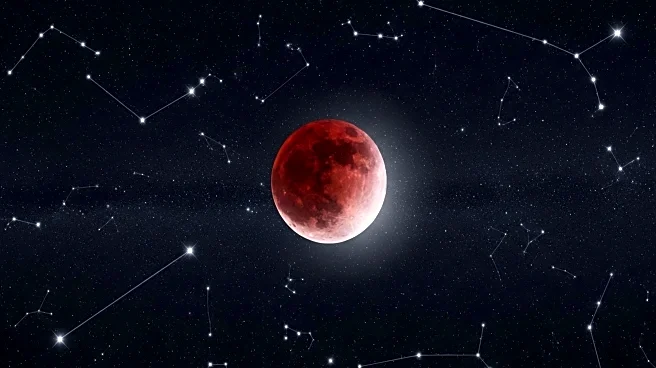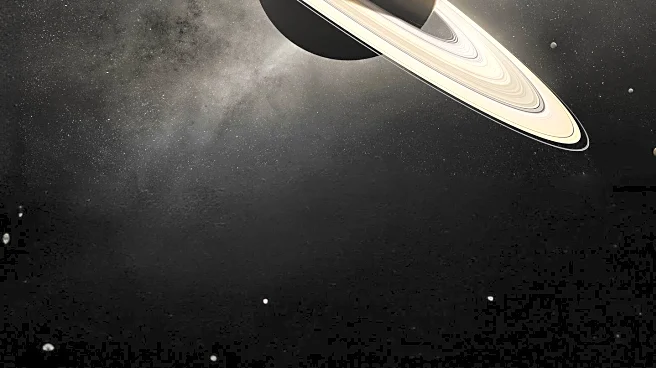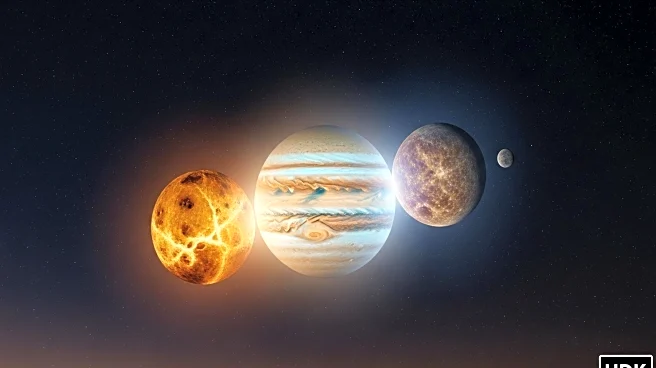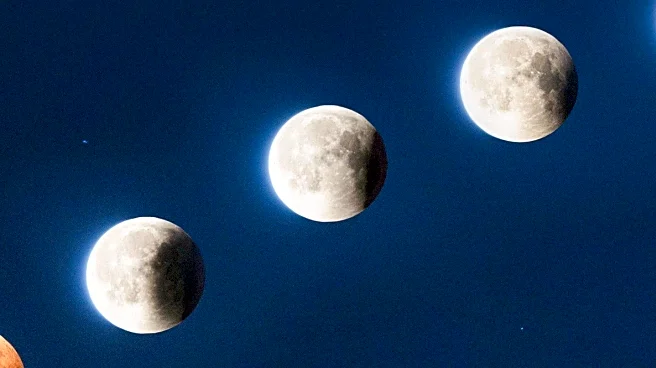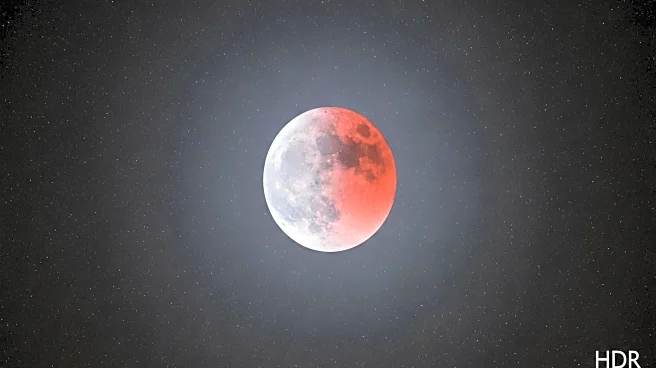What's Happening?
The autumnal equinox is set to occur on September 22, 2025, at 2:19 p.m. ET, marking the beginning of fall in the Northern Hemisphere. This astronomical event signifies equal lengths of day and night globally. Following the equinox, days will gradually become shorter until the winter solstice. The equinox is a significant time for stargazers, as it offers more darkness for observing celestial events. The equinox also coincides with notable planetary alignments, such as Venus and Jupiter appearing close together in the sky, accompanied by a crescent moon.
Why It's Important?
The autumnal equinox is a pivotal moment in the astronomical calendar, affecting various cultural and scientific activities. It marks a transition in seasons, influencing agricultural practices and ecological cycles. For astronomers and stargazers, the equinox provides optimal conditions for observing the night sky due to longer nights. This period is also significant for cultural celebrations and traditions that align with the changing seasons. The equinox's occurrence is a reminder of the Earth's natural rhythms and its impact on human activities.
What's Next?
Following the equinox, the Northern Hemisphere will experience progressively shorter days leading up to the winter solstice. This change in daylight hours will affect various sectors, including agriculture, energy consumption, and lifestyle patterns. Stargazers can look forward to more opportunities for observing celestial phenomena, such as auroras and meteor showers, as the nights lengthen. Additionally, cultural and religious events tied to the autumn season will take place, celebrating the harvest and preparing for winter.
